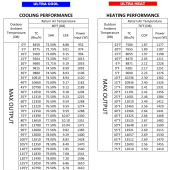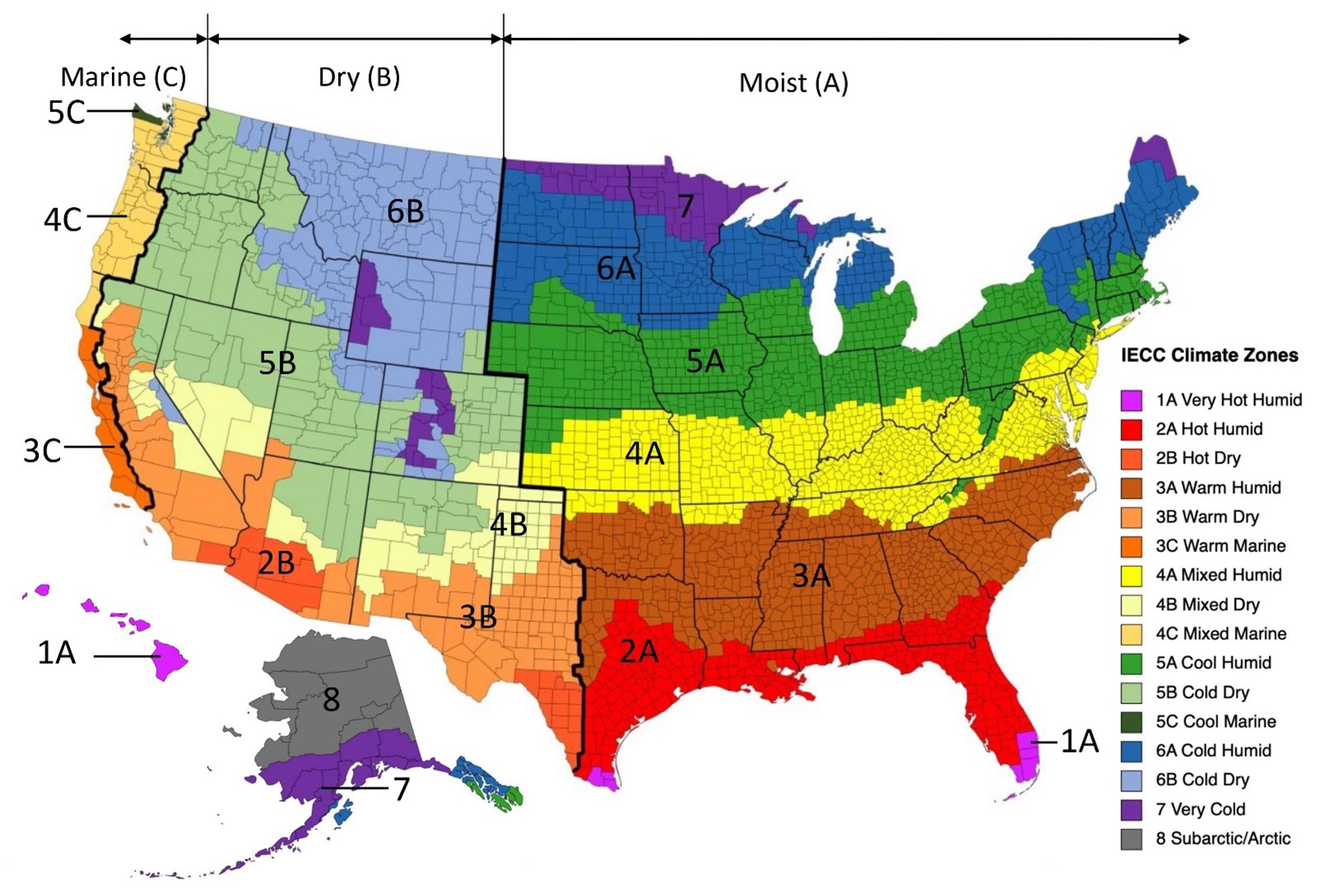I have been shopping HARD for two high rated HSPF5/6 units for a project barn/shop/house I've gotten... Almost leapt this fall yet still seeking more data before $pending money - and I am seeking another 6k or 9k btu one to tack onto my homebuilt van RV...
Only?
East of Fargo, ND - from 1 Sept to 15 Nov - grid power consumption total of 870 kwhrs with 600+ of those feeding my trusty Vornado resistance heater on its medium heat setting...
My camp was around a promaster van, with continual minor insulation improvements the best outdoors/indoors temperature differential I saw was 35*f and we saw 5*f overnight a few times...
My power outlet is fed from a lighting circuit, my one outlet 90-foot past the breaker panel fed through 14awg and then another 30-foot of extension cord...
Now if I could've gotten 1100 kWh heat versus 600 straight resistance.... since it wasn't -22*f probably more like 1500 kWh heat, my world would've MUCH nicer (or I'd have $50 more than I do)...
And at 5*f things on the van floor freeze solid, heater on or not







